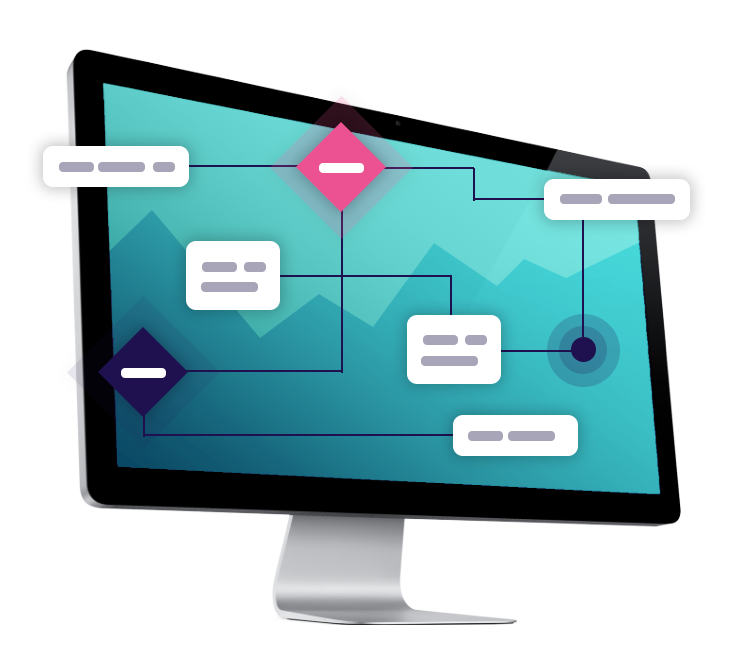Alternative Credit Data Providers
Since the start of consumer and business lending, lenders have sought the most comprehensive, up-to-date sources of data to help them make strong risk assessments. From what used to be a relative monopoly of just a handful of localized credit bureaus – each with property and secretive calculations, presiding over specific regions – the wealth of new data aggregation and analytics led to the flourishing of alternative data libraries, now able to offer more accurate assessments and innovative credit products. Here is a guide to the way that credit risk assessments and the lending data source library has evolved over time:
“At the start of lending, each creditor had to perform their own vetting.”
Before credit bureaus and the rise of the Big Three
When banks and other businesses first started lending to consumers, each lender had to perform its own vetting and credit risk assessment for each transaction. Within smaller communities and for lower sums, this was relatively efficient as creditors could easily keep track of borrowers and enforce accountability for sums lent. Over time, however, the growth of cities and ease of transport in between them raised the risk of default, leading to creditors and other lending merchants exchanging borrower information in the form of shared lists – identifying “good” borrowers and blacklisting consumers who defaulted.
This practice gave rise to for-profit credit consumer reporting agencies. These agencies collected consumer lending information and made it available to local merchants looking to extend lines of credit. While there were once countless agencies – each catering to a specific region or clientele – over time this was winnowed down to what are now known as the Big Three credit bureaus: Experian, Equifax and TransUnion.
With power consolidated between the three credit agencies, the diversity – and subsequently the accuracy – of credit information being collected began to narrow as the importance of their risk assessments took precedence. Consumer and business credit lines could live or die based on the information contained in credit reports and the scoring assigned by Experian, Equifax and TransUnion – information collected without transparency and broader accountability and often haphazardly.
A new age of greater data diversity
With the advent and rise of credit analytic tools and deep wells of consumer and business data, the monopoly held by the Big Three is being challenged every day. At GDS Link, we have assembled an innovative Data Connector Library, accessible through DataView360 and providing a single point of access to connect to a comprehensive and continually evolving set of third-party data and solution providers around the world. Well beyond Experian, Equifax and TransUnion, we aggregate data from dozens of sources in consumer lending, business lending, public records, mortgage, banking, non-traditional data reporting services sub-prime data and more to ensure that our credit risk assessments account for all the available data for customized credit software solutions.
Related Data Analytics Articles
Alternative Data for Credit Scoring
Alternative Data in Finance
The importance of using non-traditional data
The growth and evolution of the lending data source library










